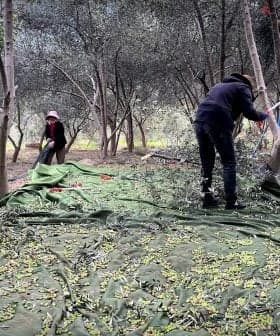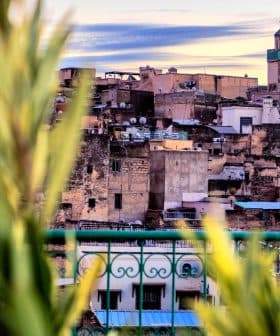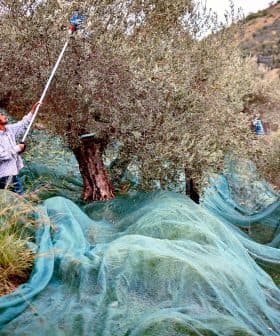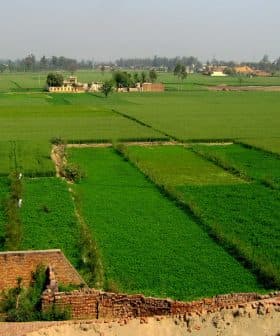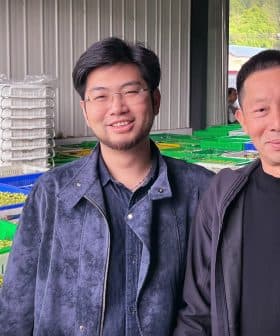Seeing the Olive Tree as a Living Being
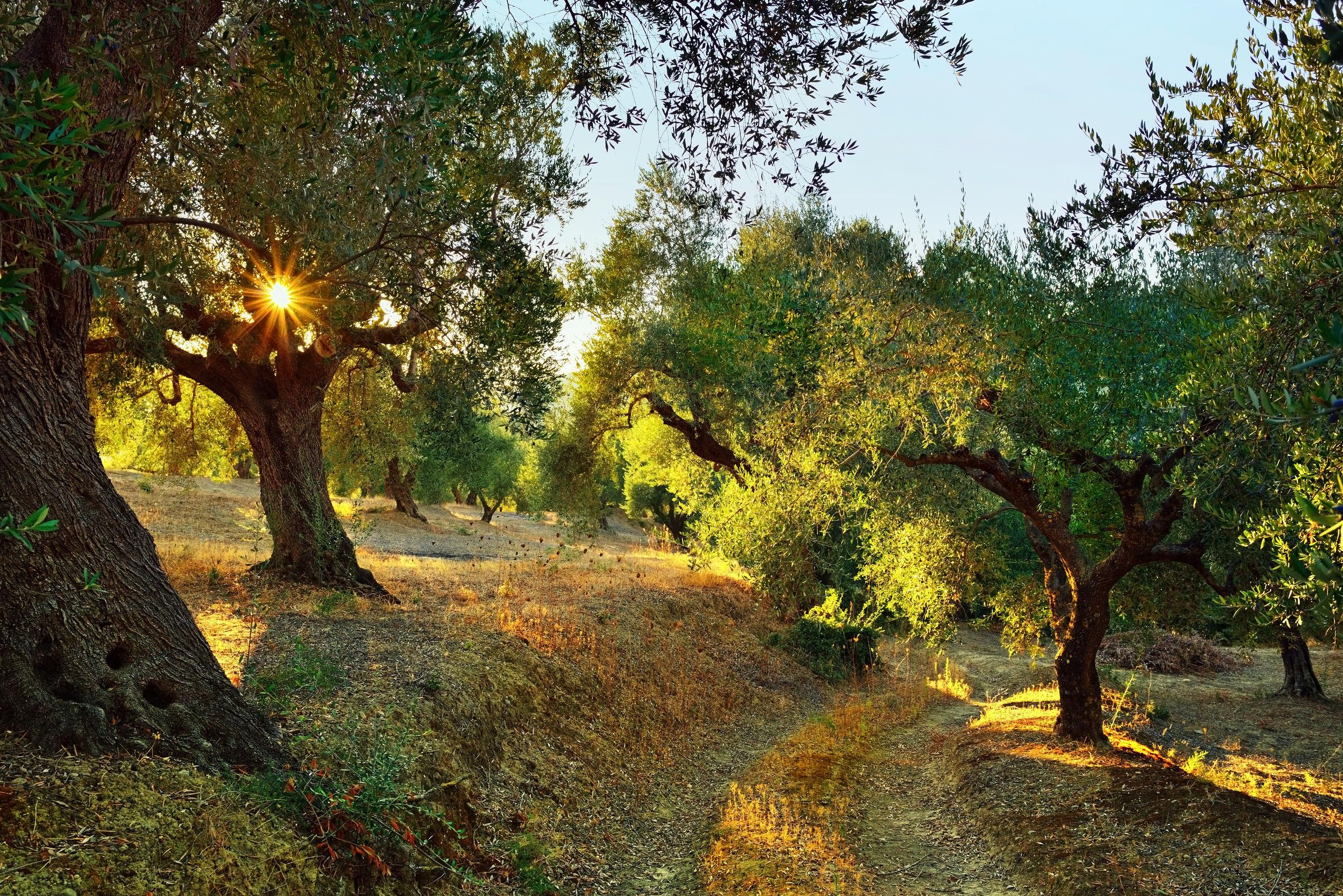
The metaphors we use to describe olive trees influence how we care for them, as viewing them as machines can lead to excessive resource use and negative consequences. Understanding the tree’s biological processes and adjusting management strategies accordingly can improve tree health, oil quality, and overall production.
The metaphors we use to describe our world strongly influence how we relate to it. The same holds true for how we think of our olive trees.
Especially after the onset of the industrial revolution, the olive tree came to be thought of as an olive-producing machine, whereby the more resources we put into it, the more it would produce.
But this approach leads to a number of problems because the deep genetics of the tree always have the last word.
The olive tree is not a static machine, it is a living entity that has evolved over thousands of years in the Mediterranean climate where there are extreme variations in day-to-day and year-to-year conditions.
This variability translates into varying water and nutrient availability, and the olive tree has developed physiological means for dealing with these changing conditions. There are strong day-by-day responses in the olive tree physiology, reminiscent of how a brain reacts through feelings such as fear, fatigue, or motivation.
By considering the tree in the not-so-metaphorical sense of these sensations, better growing practices become clear and we can improve the health of our tree, the quality of the oil it produces, and pave the way to a more stable yearly production.
Heavy crops and tree fear
From a mechanistic view of the olive tree, a heavy crop is always the goal. However, for an olive tree, a heavy crop means that it will have to expend a huge amount of energy to its fruits: olives are rich in very “expensive” physiological substances (oil) and mineral nutrients. So in a harsh climate, a great expense of energy can be dangerous, even to the point that it can put the survival of the tree itself at risk.
If the olive tree senses low water and nutrient availability, as a self-defense strategy it will severely impair the number of fruits it sets. Could we call this fear?
An ounce of prevention is worth a pound of irrigation
According to a mechanistic concept of olive tree production, olive trees should be irrigated mainly in summer, after the fruit has been set because it is thought that the olive tree will need more water due to high temperatures and dryer soil. This is a mistake and shows that we have not comprehended the physiological process of the tree’s reproductive system.
After deploying nutrients and energy to the fruits set in spring the olive tree needs a period of rest in summer. If the tree is excessively irrigated in summer, this rest period is not registered by the tree and it “thinks” it has to jump into the production stage too soon and it hasn’t had time to recuperate an adequate level of nutrients. Therefore, as it notes a lack of nutrients it will be afraid to overproduce and risk the dangers of nutrient depletion. So the returning crop is negatively affected.
On the contrary, when we consider the tree from a biological perspective, and understand its physiological nature, we take into account the cycles and phases of tree, and it becomes clear that there is an optimum moment for supporting the tree with water and nutrients.
The key moment in this cycle is in late spring (especially if it has been a dry spring) because this is the moment when the tree has to decide on how many fruits to set. So irrigating just before the fruits are set is the strategy that will most positively influence production. And this key moment is often missed. The fundamental purpose for this is to keep the tree from feeling afraid of the future so that it will set an appropriate number of fruits which, of course, translates into a good crop.
Fatigue, pruning and fertilizing
In the year after a heavy crop (the off year), a tree’s nutrient reserve will likely be low because the nutrients went into the fruits. The buds take note of the late winter nutritional status and if the nutrient levels are low, the buds will develop into leaves, not fruits, and the return harvest will be low or even null. Could we call this fatigue?
From a mechanistic point of view, where the goal is always to reach the highest possible level of production, the olive tree should not be heavily pruned before an on-year in the mistaken opinion of ensuring a good harvest. Likewise, it is common to over-fertilize before the tree sets the fruit, which will make the tree set more fruits than it can reasonably handle. These practices ultimately exacerbate the fatigue a tree will experience.
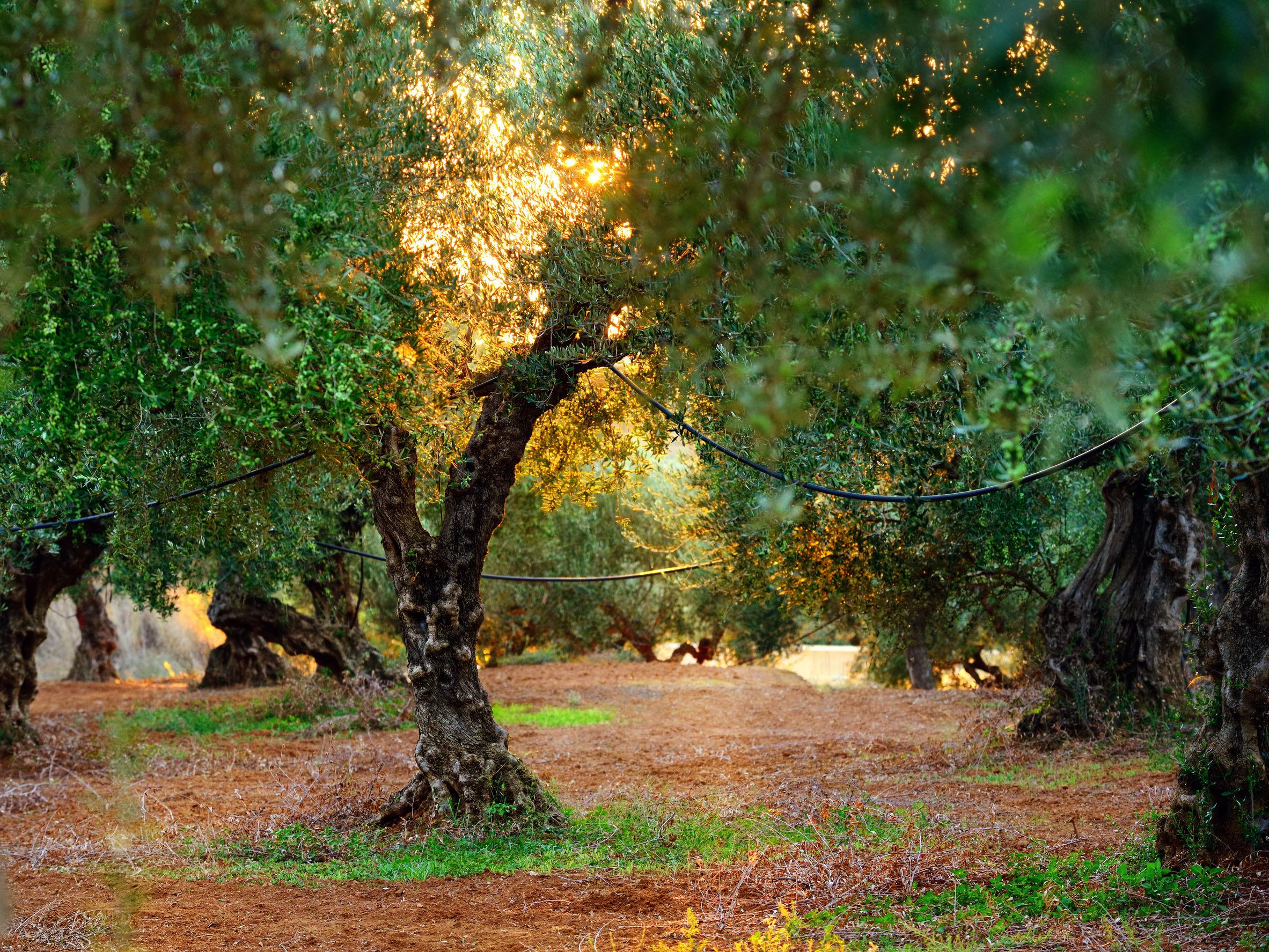
On the other hand, agronomical practices that take into account the tree’s biological systems see that heavy on-year pruning, and minimal late spring and early summer fertilization (when the olive tree is about to set the fruit), accompanied by high fertilization in late summer and fall (when the olives increase in weight) help the tree make it to the following spring in very good condition for developing a new harvest.
Sometimes it is better to decrease the crop capacity in the short term to obtain an optimal crop over the longer term. In other words, rather than having a heavy crop followed by an off crop, it is better to have a consistent year-to-year medium crop which ultimately produces overall higher production.
Olive tree motivation
In an off-year (a low-crop year), the olive tree has very low fruit demand for nutrients and energy, and so it is able to develop long shoots and build up good levels of nutrients and hormones. These hormones induce most of the buds on the tree to develop into flowers (rather than leaves) and, supported by the robust nutritional reserve, many of these flowers will set fruit the next year (the on-year). Might we call this motivation?
The desire to reproduce
The olive tree, like any living being, wants to reproduce. For an olive tree, reproduction means producing olives, and olives mean crop. Olive tree management must go in the direction of having a non-stressed (non-fatigued, non-scared) tree instead of over-supplying additional resources. A non-stressed, i.e. happy, olive tree can produce quite stable yearly crops.
By understanding the deep physiology and genetics of the tree, growers can adjust their yearly and intra-year management strategies. This will ultimately improve the homogeneity of inter-year crops, decrease costs in fertilizer and irrigation, create healthier trees, increase resistance to disease and pests, produce higher quality oil, higher levels of phenols, and ultimately increase revenue.
Rafael Navarro is an olive grove management consultant for Selección de Olivares de Sierra. Susan Hoover is the manager of The Rain In Spain.




